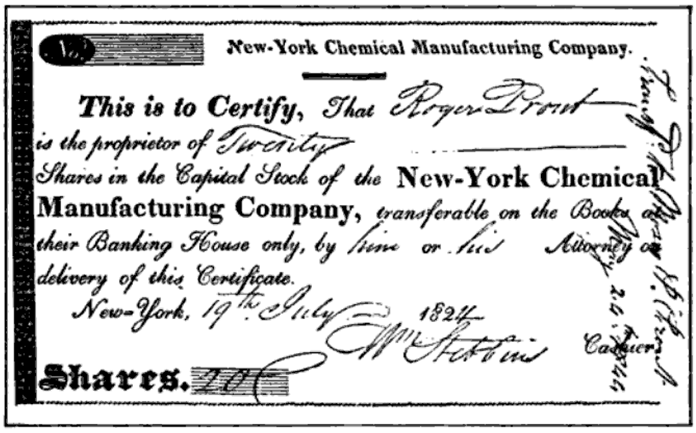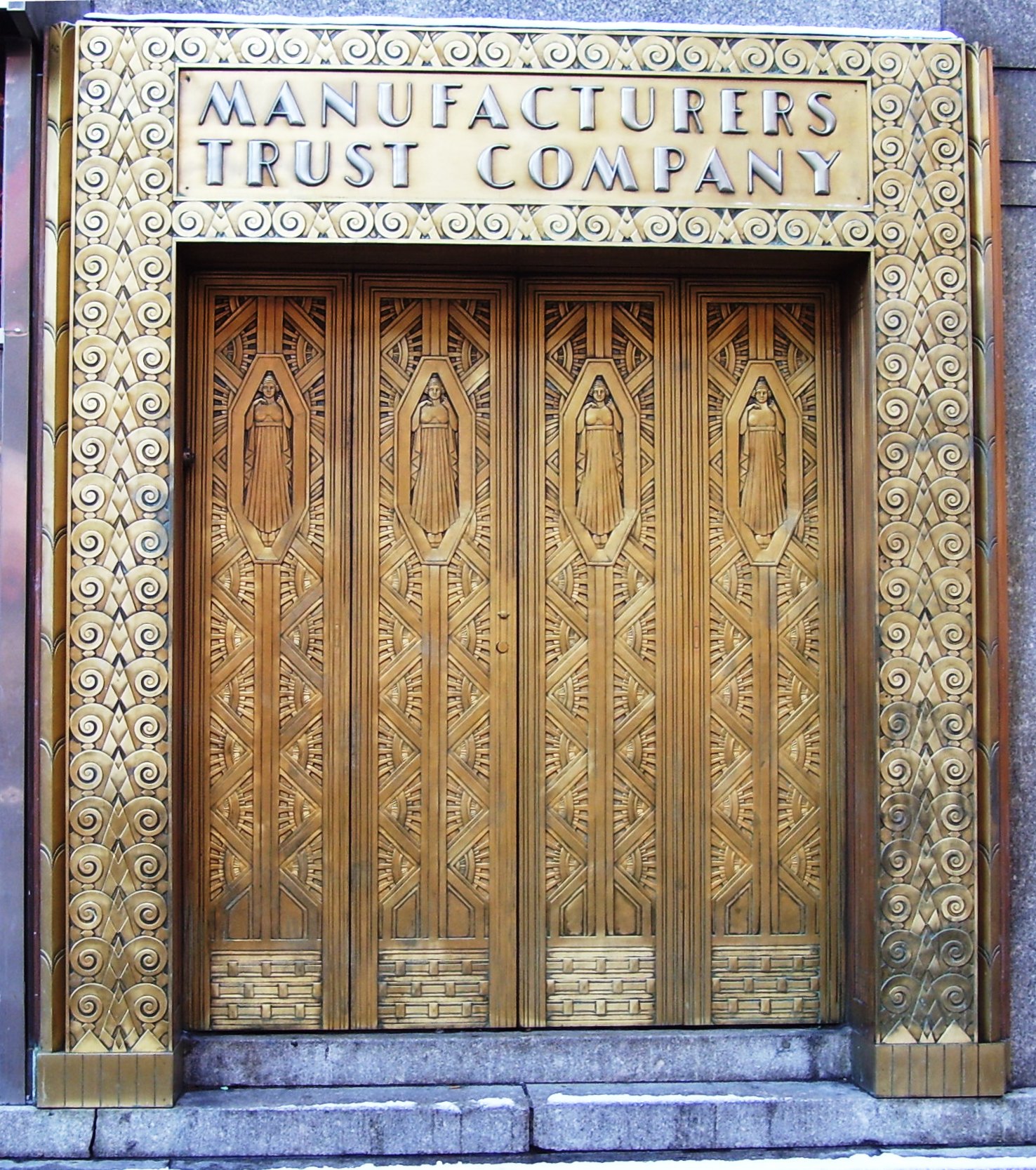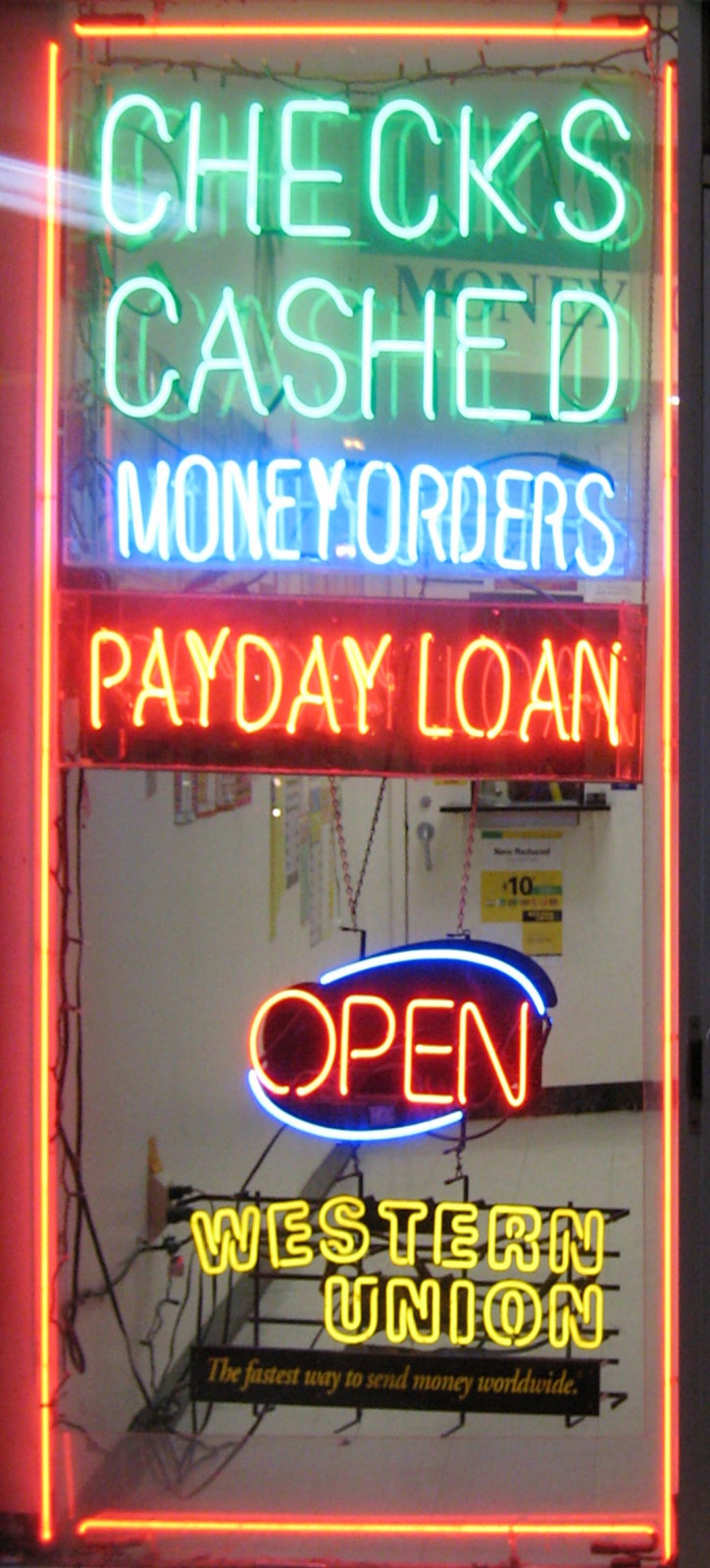|
Chemical Banking
Chemical Bank, headquartered in New York City, was the principal operating subsidiary of Chemical Banking Corporation, a bank holding company. In 1996, it acquired Chase Bank, adopted the Chase name, and became the largest bank in the United States. Prior to the 1996 merger, Chemical was the third-largest bank in the U.S., with $182.9 billion in assets and more than 39,000 employees. In addition to operations in the U.S., it had a major presence in Japan, Germany, and the United Kingdom. It was active in both corporate banking as well as retail banking as well as investment banking and underwriting corporate bonds and equity. The bank was founded in 1824 as a subsidiary of the New York Chemical Manufacturing Company by Balthazar P. Melick and others; the manufacturing operations were sold by 1851. Major acquisitions by the bank included Corn Exchange Bank in 1954, Texas Commerce Bank in 1987, and Manufacturers Hanover in 1991. The bank converted to the holding company format ... [...More Info...] [...Related Items...] OR: [Wikipedia] [Google] [Baidu] |
Chase Bank
JPMorgan Chase Bank, N.A., Trade name, doing business as Chase, is an American National bank (United States), national bank headquartered in New York City that constitutes the retail banking, consumer and commercial bank, commercial banking subsidiary of the U.S. Multinational corporation, multinational banking and financial services holding company, JPMorgan Chase. The bank was known as Chase Manhattan Bank until it merged with J.P. Morgan & Co. in 2000. Chase Manhattan Bank was formed by the merger of the Chase National Bank and the Manhattan Company in 1955. The bank merged with Chemical Bank New York in 1996 and later merged with Bank One Corporation in 2004 and in 2008 acquired the deposits and most assets of Washington Mutual. In May 2023, it acquired the assets of First Republic Bank. Chase offers more than 4,701 branches and 15,000 Automated teller machine, ATMs nationwide and has 18.5 million checking accounts and 25 million debit card users as of 2023. JPMorgan Chase ... [...More Info...] [...Related Items...] OR: [Wikipedia] [Google] [Baidu] |
Manufacturers Hanover
Manufacturers Hanover Corporation was an American bank holding company that was formed as parent of Manufacturers Hanover Trust Company (MHT or, informally, Manny Hanny), a large New York City bank formed through a merger in 1961 with ancestor companies, especially the Manufacturers Trust Company, having had a long history in New York banking going back to the 1850s. After 1969, Manufacturers Hanover Trust became a subsidiary of Manufacturers Hanover Corporation. Throughout most of its existence, Manufacturers Hanover Trust was the fourth-largest bank in the United States. MHT was both a major money center bank and heavily engaged in retail banking. As such, the bank was known for stability and was well established via its personal accounts base tied to New York branch locations as well as in having a number of large blue-chip corporate customers. It ran several memorable advertising campaigns in the 1970s and also had some prominent sports sponsorship arrangements. Over time ... [...More Info...] [...Related Items...] OR: [Wikipedia] [Google] [Baidu] |
Commercial Banking
A commercial bank is a financial institution that accepts deposits from the public and gives loans for the purposes of consumption and investment to make a profit. It can also refer to a bank or a division of a larger bank that deals with wholesale banking to corporations or large or middle-sized businesses, to differentiate from retail banks and investment banks. Commercial banks include private sector banks and public sector banks. However, central banks function differently from commercial banks, despite a common misconception known as the "bank analogy". Unlike commercial banks, central banks are not primarily focused on generating profits and cannot become insolvent in the same way as commercial banks in a fiat currency system. History The name ''bank'' derives from the Italian word ''banco'' 'desk/bench', used during the Italian Renaissance era by Florentine bankers, who used to carry out their transactions on a desk covered by a green tablecloth. However, traces of ... [...More Info...] [...Related Items...] OR: [Wikipedia] [Google] [Baidu] |
Consumer Banking
Retail banking, also known as consumer banking or personal banking, is the provision of services by a bank to the general public, rather than to companies, corporations or other banks, which are often described as wholesale banking (corporate banking). Banking services which are regarded as retail include provision of savings and transactional accounts, mortgages, personal loans, debit cards, and credit cards. Retail banking is also distinguished from investment banking or commercial banking. It may also refer to a division or department of a bank which deals with individual customers. In the U.S., the term ''commercial bank'' is used for a ''normal'' bank to distinguish it from an investment bank. After the Great Depression, the Glass–Steagall Act restricted normal banks to banking activities, and investment banks to capital market activities. That distinction was repealed in the 1990s. Commercial bank can also refer to a bank or a division of a bank that deals mostly wit ... [...More Info...] [...Related Items...] OR: [Wikipedia] [Google] [Baidu] |
Risk Management
Risk management is the identification, evaluation, and prioritization of risks, followed by the minimization, monitoring, and control of the impact or probability of those risks occurring. Risks can come from various sources (i.e, Threat (security), threats) including uncertainty in Market environment, international markets, political instability, dangers of project failures (at any phase in design, development, production, or sustaining of life-cycles), legal liabilities, credit risk, accidents, Natural disaster, natural causes and disasters, deliberate attack from an adversary, or events of uncertain or unpredictable root cause analysis, root-cause. Retail traders also apply risk management by using fixed percentage position sizing and risk-to-reward frameworks to avoid large drawdowns and support consistent decision-making under pressure. There are two types of events viz. Risks and Opportunities. Negative events can be classified as risks while positive events are classifi ... [...More Info...] [...Related Items...] OR: [Wikipedia] [Google] [Baidu] |
Financial Derivative
In finance, a derivative is a contract between a buyer and a seller. The derivative can take various forms, depending on the transaction, but every derivative has the following four elements: # an item (the "underlier") that can or must be bought or sold, # a future act which must occur (such as a sale or purchase of the underlier), # a price at which the future transaction must take place, and # a future date by which the act (such as a purchase or sale) must take place. A derivative's value depends on the performance of the underlier, which can be a commodity (for example, corn or oil), a financial instrument (e.g. a stock or a bond), a price index, a currency, or an interest rate. Derivatives can be used to insure against price movements ( hedging), increase exposure to price movements for speculation, or get access to otherwise hard-to-trade assets or markets. Most derivatives are price guarantees. But some are based on an event or performance of an act rather than a pri ... [...More Info...] [...Related Items...] OR: [Wikipedia] [Google] [Baidu] |
Foreign Exchange Market
The foreign exchange market (forex, FX, or currency market) is a global decentralized or over-the-counter (OTC) market for the trading of currencies. This market determines foreign exchange rates for every currency. By trading volume, it is by far the largest market in the world, followed by the credit market. The main participants are the larger international banks. Financial centres function as anchors of trading between a range of multiple types of buyers and sellers around the clock, with the exception of weekends. As currencies are always traded in pairs, the market does not set a currency's absolute value, but rather determines its relative value by setting the market price of one currency if paid for with another. Example: 1 USD is worth 1.1 Euros or 1.2 Swiss Francs etc. The market works through financial institutions and operates on several levels. Behind the scenes, banks turn to a smaller number of financial firms known as "dealers", who are involve ... [...More Info...] [...Related Items...] OR: [Wikipedia] [Google] [Baidu] |
Venture Capital
Venture capital (VC) is a form of private equity financing provided by firms or funds to start-up company, startup, early-stage, and emerging companies, that have been deemed to have high growth potential or that have demonstrated high growth in terms of number of employees, annual revenue, scale of operations, etc. Venture capital firms or funds invest in these early-stage companies in exchange for Equity (finance), equity, or an ownership stake. Venture capitalists take on the risk of financing start-ups in the hopes that some of the companies they support will become successful. Because Startup company, startups face high uncertainty, VC investments have high rates of failure. Start-ups are usually based on an innovation, innovative technology or business model and often come from high technology industries such as information technology (IT) or biotechnology. Pre-seed and seed money, seed rounds are the initial stages of funding for a startup company, typically occurring earl ... [...More Info...] [...Related Items...] OR: [Wikipedia] [Google] [Baidu] |
Private Equity
Private equity (PE) is stock in a private company that does not offer stock to the general public; instead it is offered to specialized investment funds and limited partnerships that take an active role in the management and structuring of the companies. In casual usage "private equity" can refer to these investment firms rather than the companies in which they invest. Private-equity capital (economics), capital is invested into a target company either by an investment management company (private equity firm), a venture capital fund, or an angel investor; each category of investor has specific financial goals, management preferences, and investment strategies for profiting from their investments. Private equity can provide working capital to finance a target company's expansion, including the development of new products and services, operational restructuring, management changes, and shifts in ownership and control. As a financial product, a private-equity fund is private capital ... [...More Info...] [...Related Items...] OR: [Wikipedia] [Google] [Baidu] |
Debt (finance)
Debt is an obligation that requires one party, the debtor, to pay money borrowed or otherwise withheld from another party, the creditor. Debt may be owed by a sovereign state or country, local government, company, or an individual. Commercial debt is generally subject to contractual terms regarding the amount and timing of repayments of principal and interest. Loans, bonds, notes, and mortgages are all types of debt. In financial accounting, debt is a type of financial transaction, as distinct from equity. The term can also be used metaphorically to cover moral obligations and other interactions not based on a monetary value. For example, in Western cultures, a person who has been helped by a second person is sometimes said to owe a "debt of gratitude" to the second person. Etymology The English term "debt" was first used in the late 13th century and comes by way of Old French from the Latin verb ''debere'', "to owe; to have from someone else." The related term "debtor" ... [...More Info...] [...Related Items...] OR: [Wikipedia] [Google] [Baidu] |
High Yield Debt
In finance, a high-yield bond (non-investment-grade bond, speculative-grade bond, or junk bond) is a bond that is rated below investment grade by credit rating agencies. These bonds have a higher risk of default or other adverse credit events but offer higher yields than investment-grade bonds to compensate for the increased risk. As of 2024, high-yield bonds have a higher yield than U.S. Treasury securities. Default risk As indicated by their lower credit ratings, high-yield debt entails more risk to the investor compared to investment grade bonds. Investors require a greater yield to compensate them for investing in the riskier securities. In the case of high-yield bonds, the risk is largely that of default: the possibility that the issuer will be unable to make scheduled interest and principal payments in a timely manner.:208 The default rate in the high-yield sector of the U.S. bond market has averaged about 5% over the long term. During the liquidity crisis of 1989– ... [...More Info...] [...Related Items...] OR: [Wikipedia] [Google] [Baidu] |
Leveraged Finance
A leveraged buyout (LBO) is the acquisition of a company using a significant proportion of borrowed money ( leverage) to fund the acquisition with the remainder of the purchase price funded with private equity. The assets of the acquired company are often used as collateral for the financing, along with any equity contributed by the acquiror. While corporate acquisitions often employ leverage to finance the purchase of the target, the term "leveraged buyout" is typically only employed when the acquiror is a financial sponsor (a private equity investment firm). The use of debt, which normally has a lower cost of capital than equity, serves to reduce the overall cost of financing for the acquisition and enhance returns for the private equity investor. The equity investor can increase their projected returns by employing more leverage, creating incentives to maximize the proportion of debt relative to equity (i.e., debt-to-equity ratio). While the lenders have an incentive to ... [...More Info...] [...Related Items...] OR: [Wikipedia] [Google] [Baidu] |







